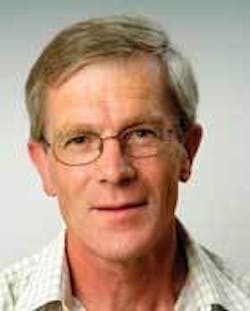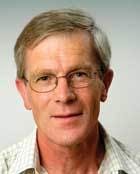Fast progress in ITU for bend-loss insensitive singlemode fiber
by Gerard Kuyt
A relatively new ITU-T SG15 group (Question 10; chaired by Piet Matthijsse of Draka Comteq) is devoted to “optical fibers and cables for the access network to and in buildings and homes.” This group has prepared a new standard for fibers optimized for use in the first mile. Aimed at reducing installation cost, the optimization involves reduced bending loss, thereby allowing the fiber to be used in smaller enclosures, cabinets, and easily installable indoor cables.
When previously discussed in this column (see Standards Watch, Lightwave, July 2006, page 20), the draft recommendation (then temporarily denoted as G.smx) was planned for consent at the June 2007 meeting. Because of requests from several operators and industry parties, fast progress was achieved and the new recommendation was consented at the November 2006 meeting and given the designation G.657. This fast development endorses the apparent need for a worldwide standard for bend-loss insensitive fiber.
Recommendation G.657 recommends two fiber classes: A and B. Class A is in all aspects compliant with the well known Recommendation G.652.D but offers a significantly lower macrobending loss. Its use is defined for bend radii of 10 and 15 mm where the maximum bend loss at 1,550 nm is 0.75 and 0.025 dB/turn, respectively. By comparison, the bend loss for G.652.D fiber is specified at the much higher bend radius of 30 mm only.
G.657 Class B may deviate from G.652.D on mode field diameter and dispersion and is intended for use over restricted distances for in-building applications. Class B fibers may have different splicing and connection properties than G.652 fibers because of a lower mode field diameter but can be used at smaller bend radii. The maximum bend loss at 1,550 nm is 0.5 dB/turn at a 7.5-mm bend radius, and 0.1 dB/turn at a 10-mm radius. This is significantly lower than G.657 Class A fibers.Gerard Kuyt is product line manager at Draka Comteq Optical Fibre in the Netherlands; delegate to ITU-T SG15/Q5 and Q10; and convenor of IEC SC86A/WG1. He can be reached at [email protected].

